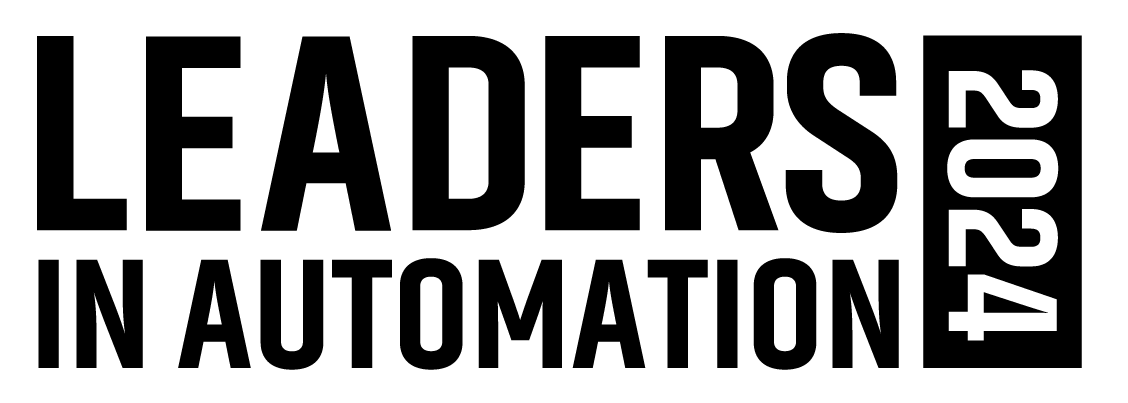At the Internet of Things World Forum this week in Chicago, much of the conversation is around connected cities and connected enterprises, with a view of how IoT is changing our interaction with the devices that are becoming ever more prevalent and connected. But at least one perspective was that of an industry that’s been dealing with Big Data for 50-60 years already.
“In the oil and gas industry, everything is already connected,” said Arjen Dorland, executive vice president of technical and competitive IT for Shell. “From the well to the wheel, and everything in between.”
However, what Shell can do with those connections is much different today than what it was 50-60 years ago. Even 10 years ago. “Integrating the whole thing, you can really, really build your case,” Dorland said. “Now we can control the whole oil field in a different way. The whole intelligence went up massively.”
In an industry that has to find ways to drill more and more wells at a cheaper cost, Shell is making use of virtual technologies. “Drilling in the virtual world is cheaper and lower risk,” Dorland said. “You can see things you couldn’t see 10 years ago. More compute power and better visualization enable us to see what others cannot see.”
But in this connected world, security is a bigger issue than ever. “Every PLC is vulnerable,” Dorland said. “The old systems were never designed to be connected to the Internet.”
“This is one where Cisco is really heavily involved,” Dorland added. In fact, Shell announced yesterday at the forum that it has deployed the Cisco Secure Ops Solution to increase its security maturity level with improved cybersecurity and risk management. Shell is deploying the solution at upstream, downstream and lubricant sites.
Working together with Shell, Cisco has developed solutions that directly address security concerns for the types of environments in which Shell operates, including safety, environmental and cyber threats. This makes the old systems safer, of course, but it’s also very necessary for operations, Dorland noted. “It’s only working when it’s safe and when it’s secure.”
It’s not difficult to make a business case for adding the security and other technologies, Dorland insisted. “All the technology is there; it’s just a matter of applying it,” he said. “For us it’s more than ‘things.’ It’s adding intelligence to all our operations, which we never had before.”
That intelligence can be applied to a whole world facing an ever-increasing energy challenge. With the world population expected to reach 9 billion by 2050, “the energy need will grow tremendously,” Dorland said. It’s a vicious cycle of demand for water and energy.
“Urbanization is a big opportunity and a big challenge too. Two-thirds of the world’s population will be in big cities,” Dorland said, and this is where IoT is really important. “City planning is absolutely key, and IoT is an absolutely key enabler.”
Show organizers this week demonstrated to attendees how Chicago is making use of IoT capabilities, with tours around the city to show improved automobile and pedestrian traffic control, police capabilities, sanitation, contextual lighting and more. Scroll through the images above to see examples of IoT in action in downtown Chicago.

